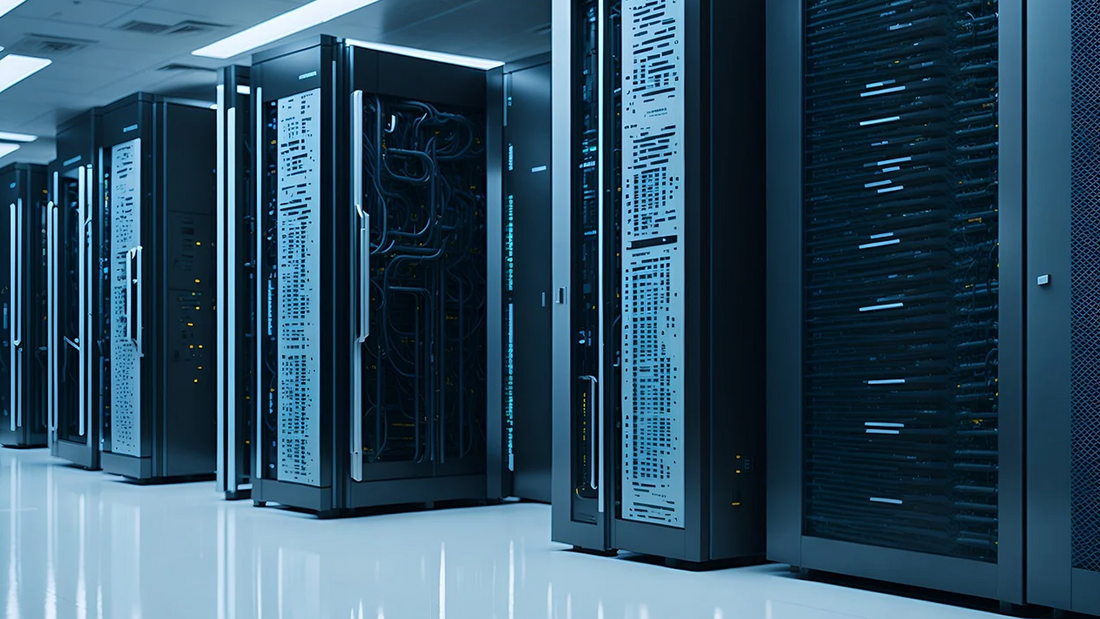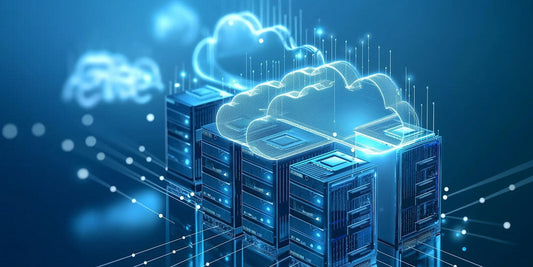
Top Tips to Enhance Backup Power Security of Your Data Center
Share
Fortify Your Data Center: Top Tips to Enhance Backup Power Security
The growing reliance on data centers makes securing backup power systems essential. A single power failure can lead to significant losses, both in revenue and reputation. In fact, studies show that the average cost of data center downtime can soar into the hundreds of thousands per hour. Such disruptions not only impact immediate operations but also long-term business relationships.
The Rising Cost of Data Center Downtime
Data center interruptions can result in lost sales and customer trust. Even a few hours of downtime can have lasting consequences that affect a company’s future. The urgency to secure backup power systems has never been more critical as threats increase.
Backup Power Vulnerabilities: A Growing Threat
Backup power systems face various risks, including physical attacks and cyber threats. Intruders may target these systems to disrupt operations or steal sensitive information. Understanding these vulnerabilities is vital for implementing strong security measures.
Implementing Robust Physical Security Measures
Access Control and Surveillance
To secure backup power systems, use advanced access control methods. Biometric authentication, like fingerprint recognition, ensures that only authorized personnel gain entry. Closed-circuit television (CCTV) can monitor all activities, allowing for quick responses to suspicious behavior. Consider these technologies:
- Keycard Systems: Easy to manage and track access.
- Motion Sensors: Alert security to unauthorized movements.
Environmental Protection and Hardening
Environmental threats can also pose risks to backup power systems. Fire suppression systems are essential for preventing catastrophic damage. Regular climate control maintenance can help keep equipment operational. Physical barriers, such as reinforced doors and fencing, help deter unauthorized access.
Enhancing Cybersecurity for Backup Power Systems
Network Segmentation and Isolation
Isolating backup power systems from the main network can shield them from cyberattacks. Techniques like VLANs (Virtual Local Area Networks) allow for better control and reduced risk. Segmenting networks ensures that even if one area is compromised, the backup systems remain secure.
Intrusion Detection and Prevention Systems
Investing in Intrusion Detection and Prevention Systems (IDPS) identifies and addresses potential threats and breaches. An effective solution can automatically respond to suspicious activities, helping to safeguard backup power systems.
Regular Security Audits and Penetration Testing
Proactive security assessments, like penetration testing, help identify vulnerabilities. Conduct audits regularly to ensure that systems remain secure against evolving threats. Developing a vulnerability management routine keeps systems updated and protected.
Implementing Redundancy and Failover Mechanisms
Redundant Power Systems
Utilizing redundant power systems, such as additional generators and Uninterruptible Power Supply (UPS) units, can minimize downtime. For example, major data centers often rely on multiple generators to ensure continuous power supply during emergencies.
Automated Failover Mechanisms
Automated failover systems provide a quick transition during power outages. This minimizes downtime and keeps services running smoothly. The quicker the switch occurs, the less impact there is on operations.
Load Balancing and Distribution
Proper load balancing ensures that no single power source is overloaded. By distributing electricity demands evenly, systems can operate efficiently without stress. Techniques like dynamic load balancing help maintain stability.
Regular Maintenance and Monitoring
Preventative Maintenance Schedules
Regular maintenance prevents unexpected failures. Schedule routine tasks like battery checks, generator testing, and software updates. Document every action for a comprehensive maintenance history.
Real-Time Monitoring and Alerting Systems
Implementing real-time monitoring systems allows for early detection of issues. Alerts can notify staff of potential problems before they escalate. Examples include software that tracks power usage and alarms for abnormalities.
Hereby, we strongly recommend leagend Data Center Battery Monitoring Solution for its outstanding features and functions:
- Comprehensive monitoring: leagend data center battery monitoring solution offers real-time and highly precise data monitoring for the battery key parameters such as voltage, current, internal resistance, CCA (Cold Cranking Ampere) and temperature via its data collection module;
- Visualized data: leagend solution offers an all-in-one computer and management platform to display visualized and graphical data, which help our customers know and understand the battery SoH easily at a glance;
- Cloud storage: the monitored data can be transferred to a specified cloud server via its control module to realize global deployment and data checking at any time;
- Highly tailored service: as a solution provider, we are pleased to offer highly tailored products and services for our customers based on their demands to meet their different demands for different data center scenarios;
Staff Training and Emergency Response Plans
Training staff to handle emergencies is essential. Develop clear response plans for power outages or security breaches. Regular drills ensure that everyone knows how to proceed during actual events.
Leveraging Advanced Technologies for Enhanced Security
AI-Powered Security Solutions
Utilizing AI can greatly enhance security. AI-driven solutions detect unusual activities and predict potential threats. System examples include smart cameras that adapt to changing environments for better coverage.
Blockchain Technology for Enhanced Data Integrity
Blockchain technology can improve backup power data security by ensuring authenticity. This decentralized approach makes it difficult for unauthorized changes or tampering. Potential use cases include tracking maintenance records and access logs.
Conclusion: Building a Secure and Resilient Backup Power System
Strengthening backup power security involves multiple approaches. Focus on physical, cybersecurity, and operational strategies. Each layer contributes to a more robust system that can withstand potential threats. In the long run, investing in backup power security not only protects your data but also ensures business stability and reputation. Prioritize these tips today to fortify your data center's power security.







